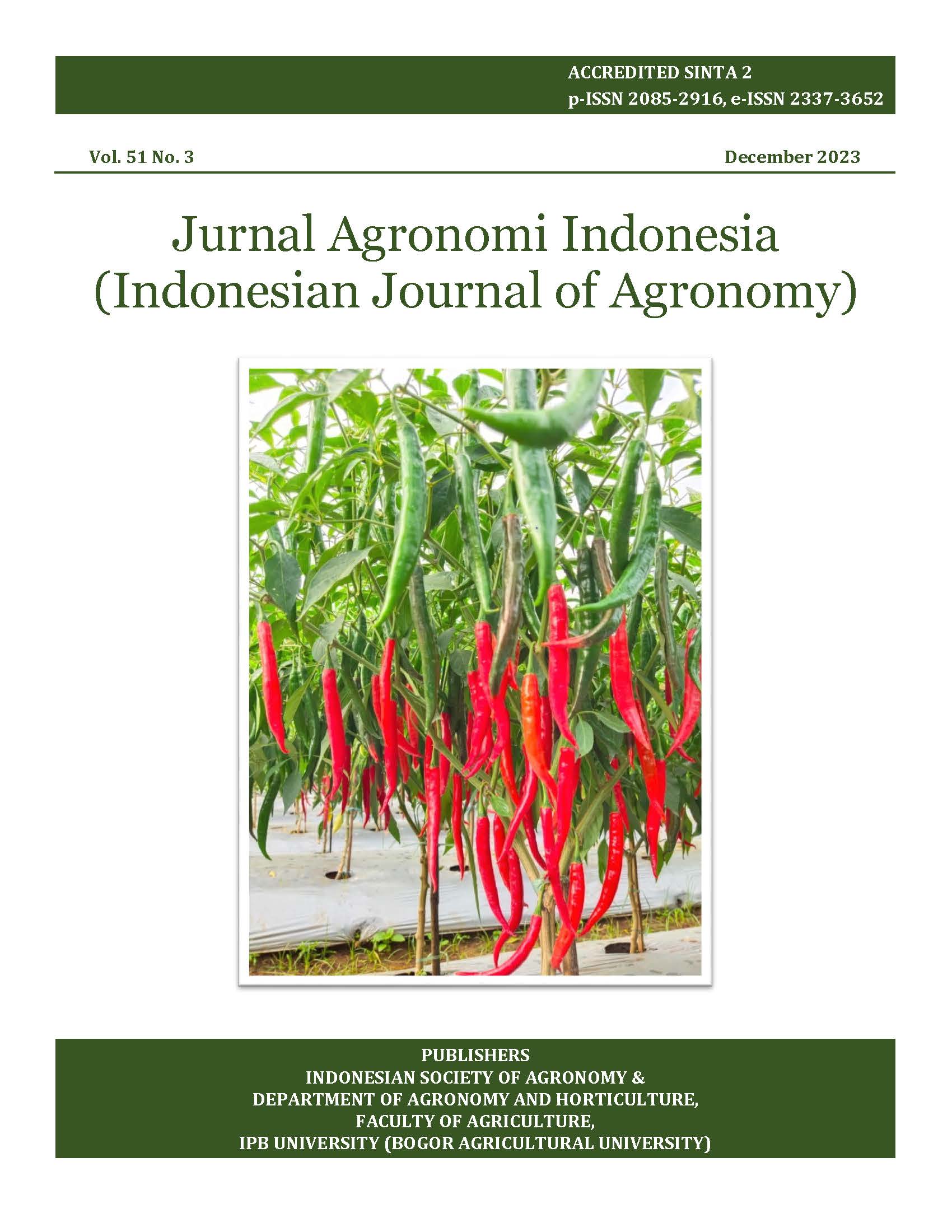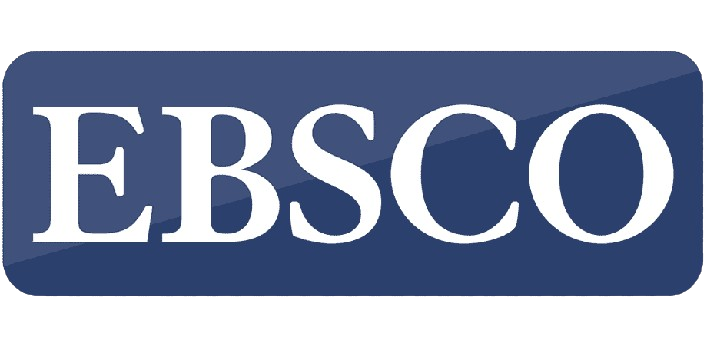Eco-enzyme and mushroom bag-logs waste stimulate production and nutrients content of celery microgreen (Apium graveolens L.)
DOI:
https://doi.org/10.24831/jai.v51i3.49588Abstract
Celery microgreen is celery harvested at a young stage, which is a suitable production model to support urban farming. The study aimed to investigate the potential use of eco-enzyme and oyster mushroom media waste (bag-logs waste) on the growth of celery as microgreen. The present study employed a fully randomized factorial design comprising two factors. The first factor was the dosage of eco-enzyme (E): 0.5, 15, and 25 mL L-1 of water, while the second factor was the dosage of bag-log waste (L): 0.50, 100, and 150 g/tray. The variables that were assessed included wet weight, fresh economic weight, longest root length, root volume, moisture content, vitamin C, Mg, and Ca levels. The data were subjected to ANOVA analysis and subsequently followed by the application of the HSD test at a significance level of 5%. The findings indicated that there was a substantial interaction between the eco-enzyme and bag-log waste in all observed parameters. The best treatment was the combination of eco-enzyme at a concentration of 25 mL L-1 and bag-log waste at a rate of 150 g/tray. The eco-enzyme treatment exhibited a significant impact on all observed parameters, with the most effective treatment being the application of 25 mL L-1. The bag-log waste application affected all measured parameters with 150 g/tray yielding the most favorable results. Therefore, eco-enzymes and bag-log waste have the potential as growing media for celery microgreen cultivation.
Keywords: celery, healthy food, organic farming, urban farming, zero waste













